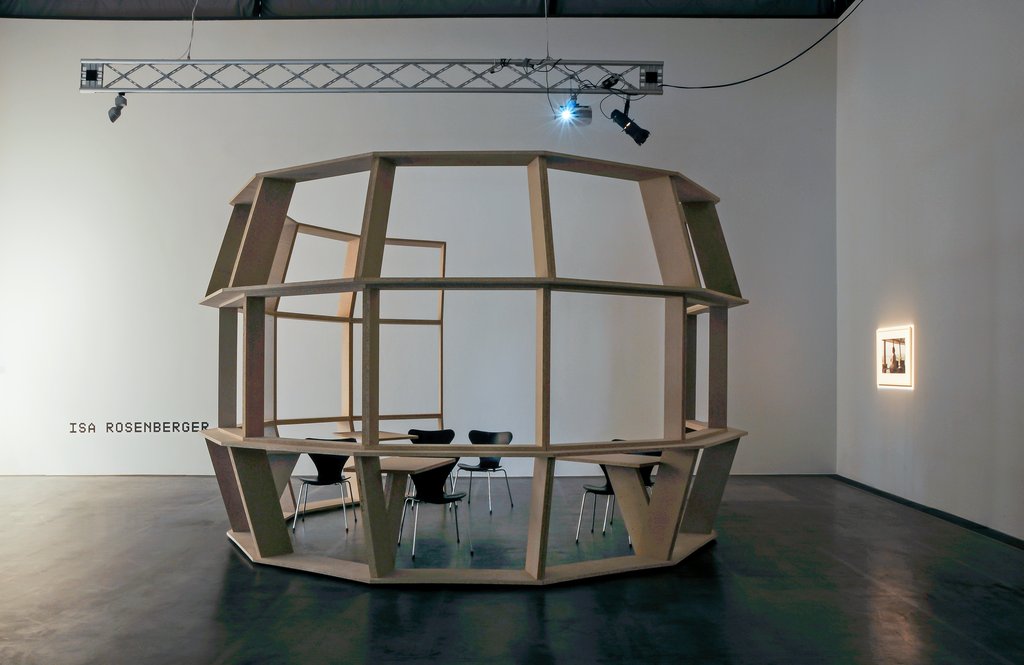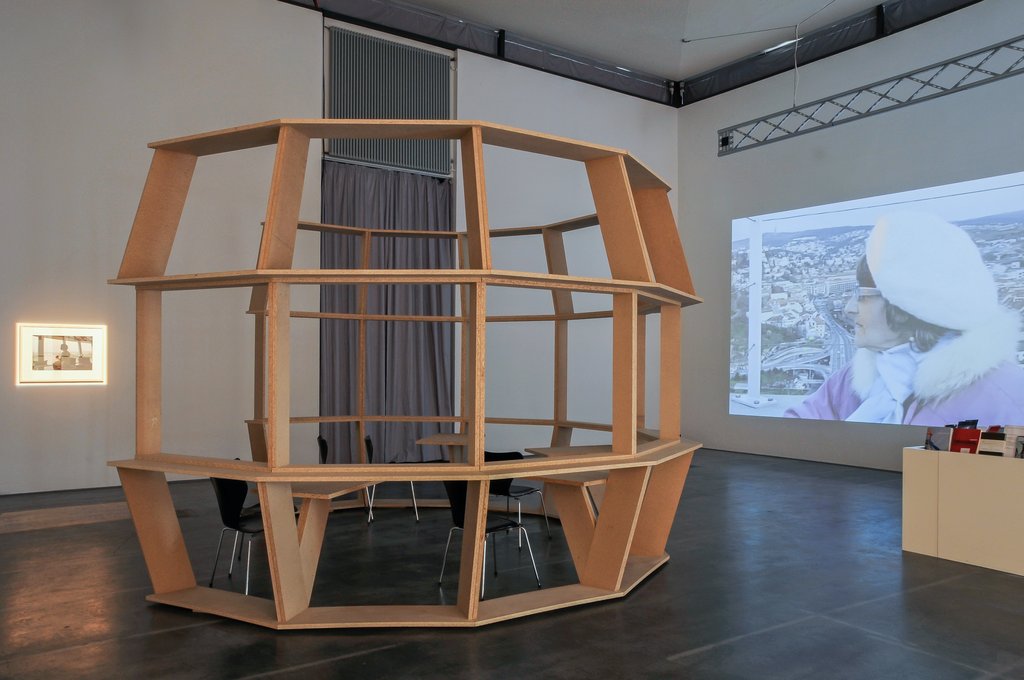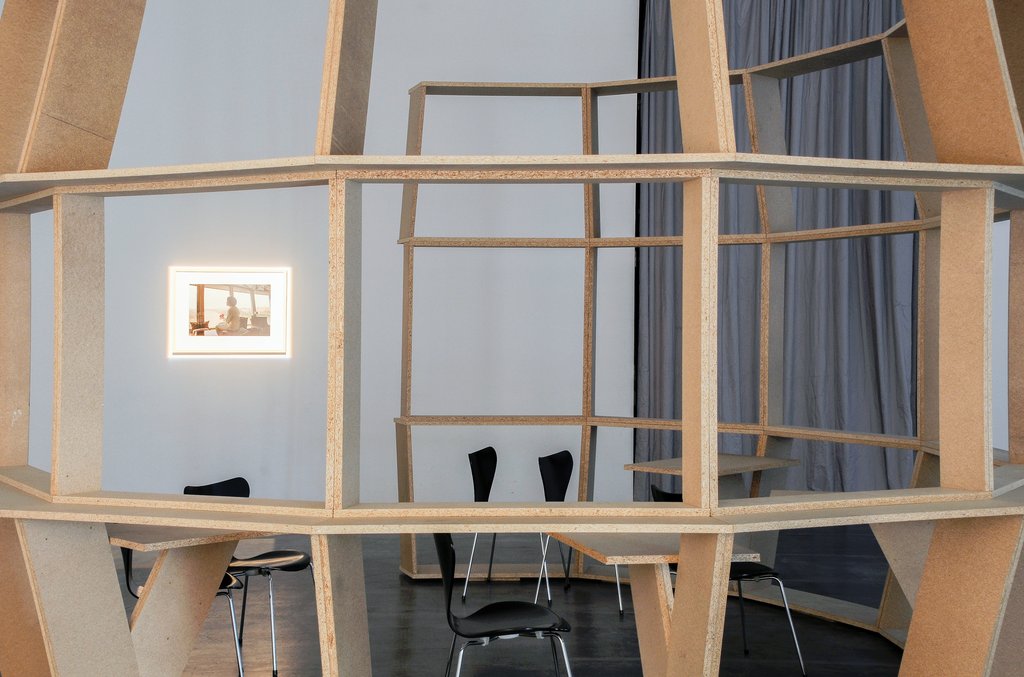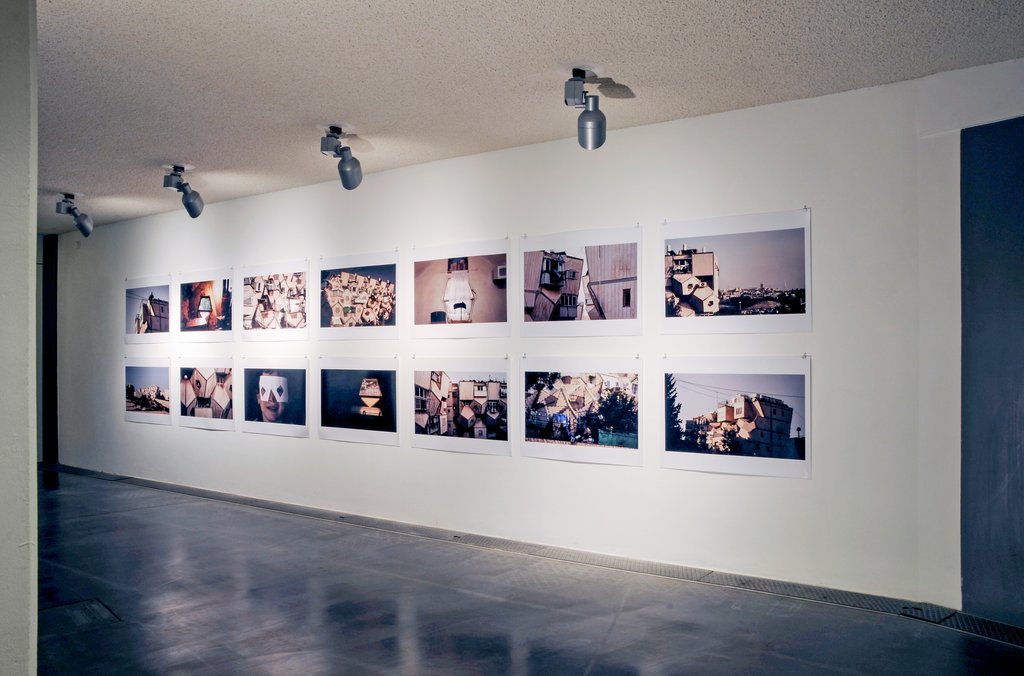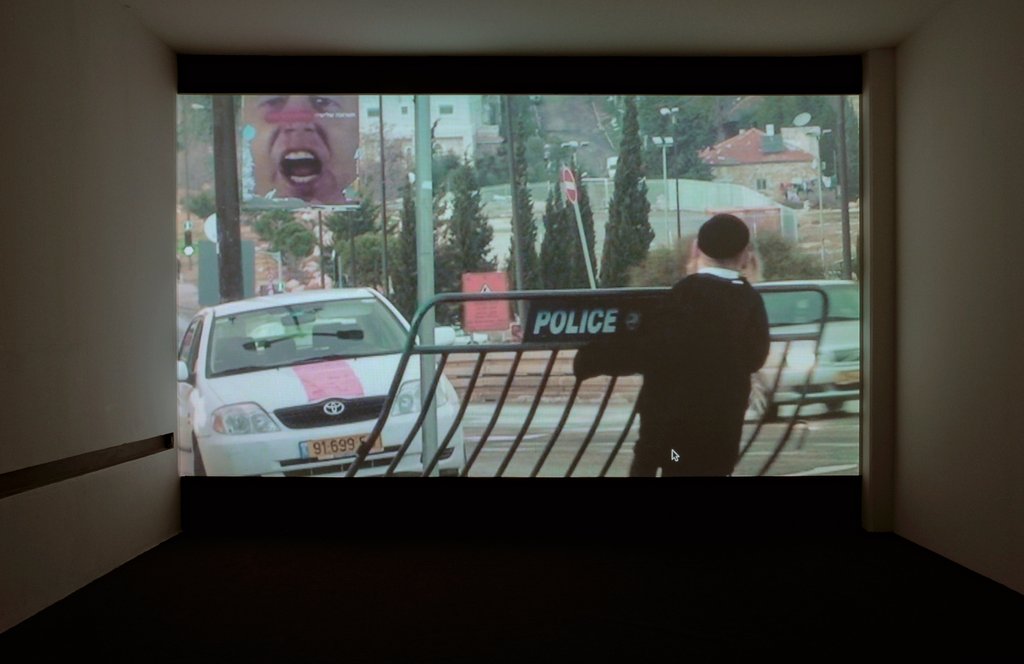Isa Rosenberger / Nira Pereg
With Nira Pereg and Isa Rosenberger, the Edith-Russ-Haus for Media Art presents two artists who deal with socio-political developments in their works. Both trace the relationship between the state and the individual based on the history and transformation of urban spaces and architectural structures.
Socio-political changes in post-socialist Europe are a consistent theme in the works of the Austrian artist Isa Rosenberger. Based on three generations of women, she reflects in her video Nový Most (2008) on the history of the bridge of that name in Bratislava, which was built from 1967 to 1972 as a futuristic landmark of the city. Archival footage and staged material in which the three women tell of the history of the bridge and of their personal memories and hopes in relation to political developments provide insights into the events of the city's recent history and the tension between East and West. The new photo series Ruzinov (2009) likewise deals with urban changes in the Slovakian city after the fall of the Iron Curtain. A fountain used as the stage for concerts in socialist times serves the artist as an ‘empty’ sculptural space for her intervention. Text collages are created in exchanges with passers-by and local residents that reflect on a possible new use.
The Israeli artist Nira Pereg produces works that juxtapose the personal and the public, the political and the poetic. Her photo series Location 8−Ramot Polin/Polish Hills (2008) documents the Jewish Orthodox quarter of the same name that was planned in the 1970s by the avant-garde Israeli architect Zvi Hecker. The architecture serves as her starting point for a reflection on the question of the constitution of community within a social structure.
The video Sabbath 2008 (2008) shows the closure of an ultra-Orthodox neighbourhood in Jerusalem on the eve of the Sabbath. For 24 hours, temporary barriers erected by the residents seal off the neighbourhood. Pereg observes this ritual of exclusion and enclosure. With her precise and sensitive editing, she succeeds in transforming the documentary material into a theatrical event that makes the religious ritual vivid as a complex social phenomenon in a divided city.

